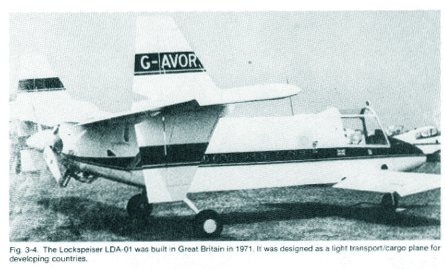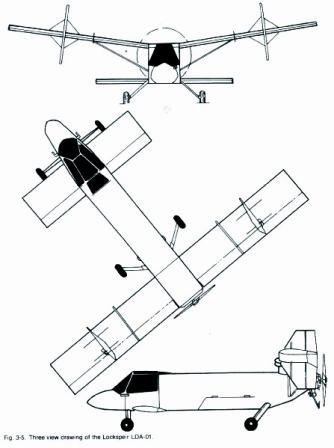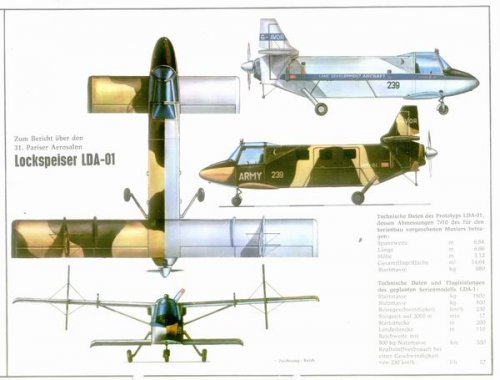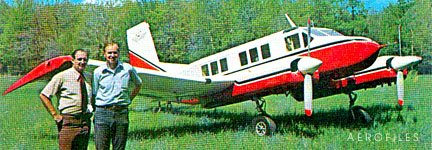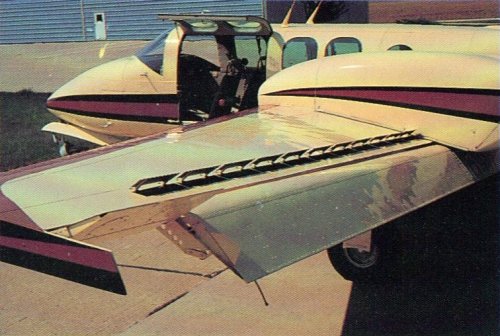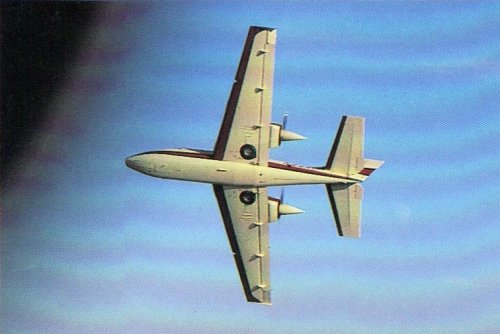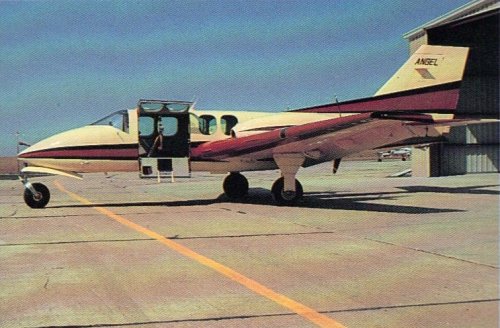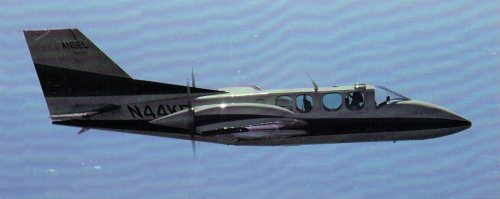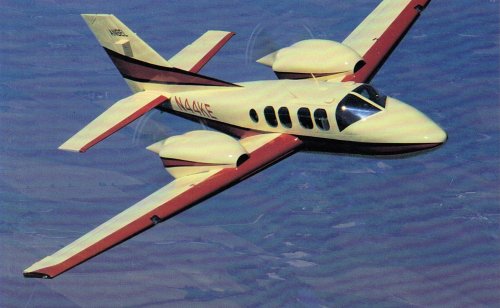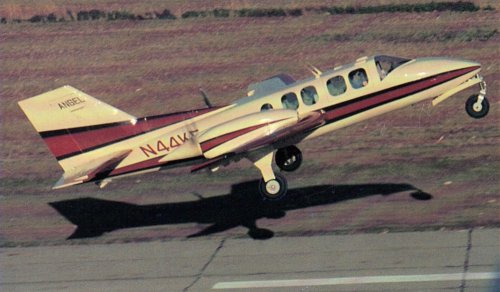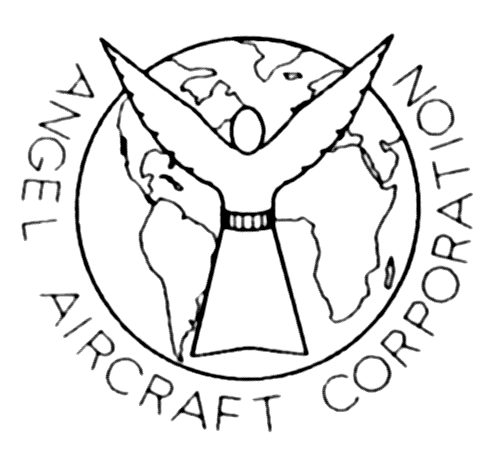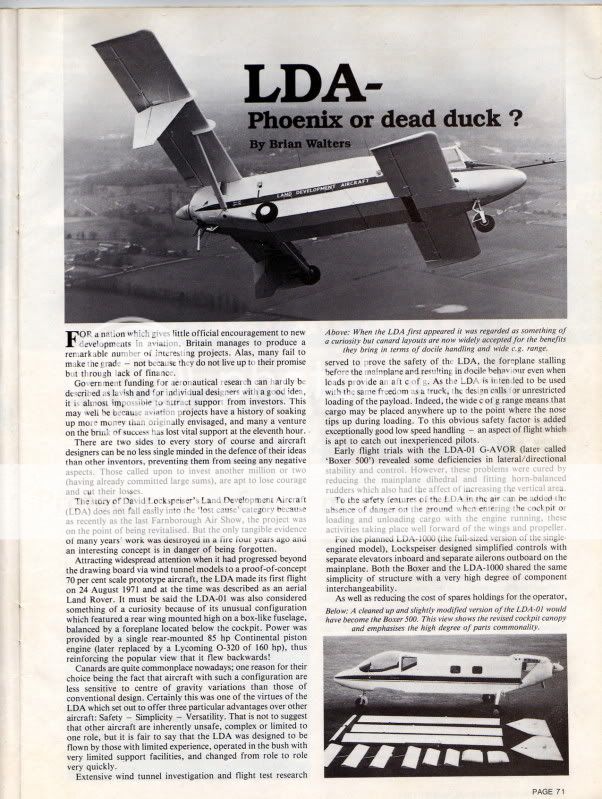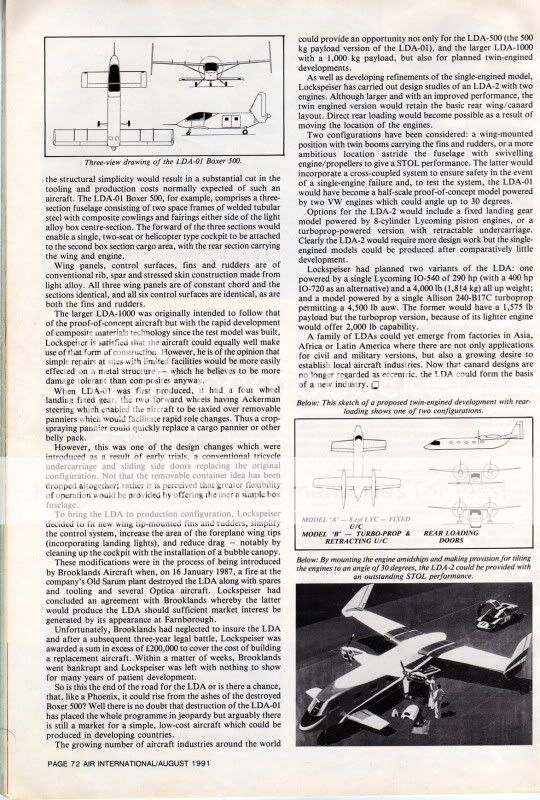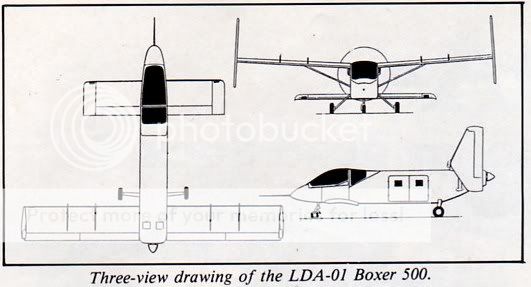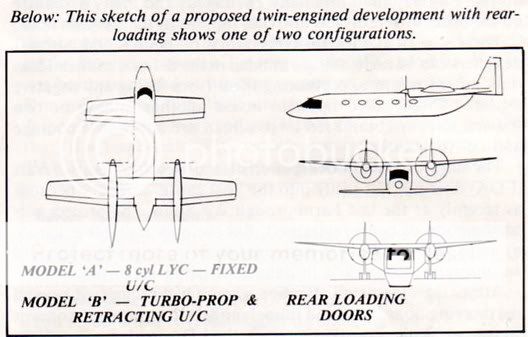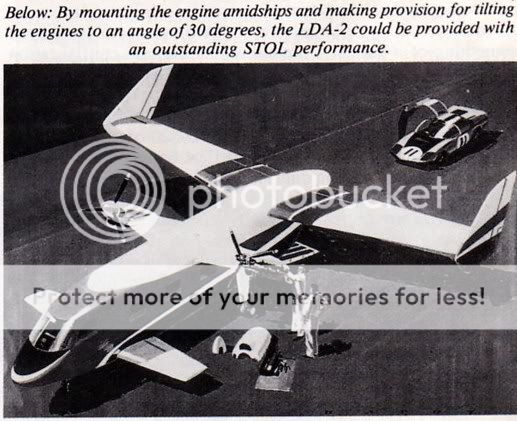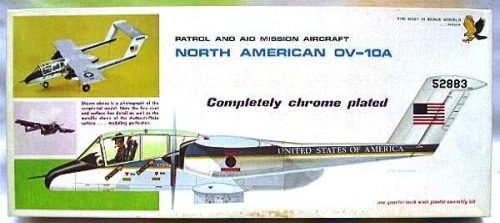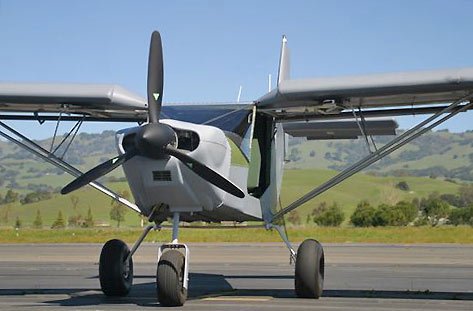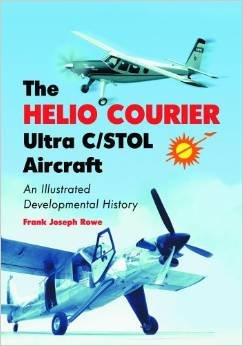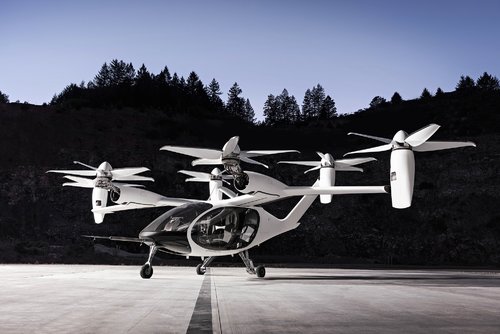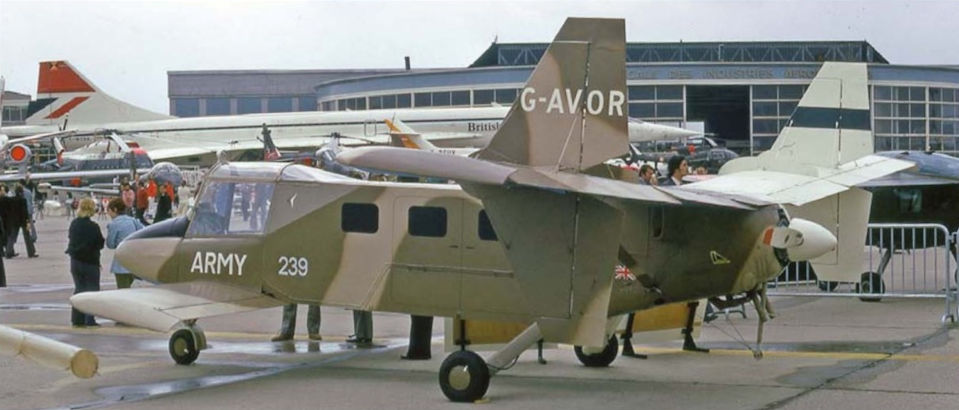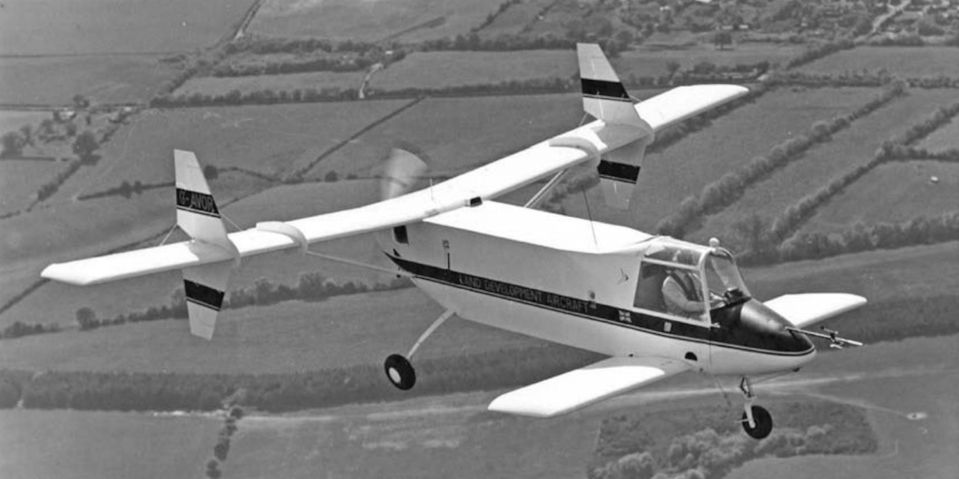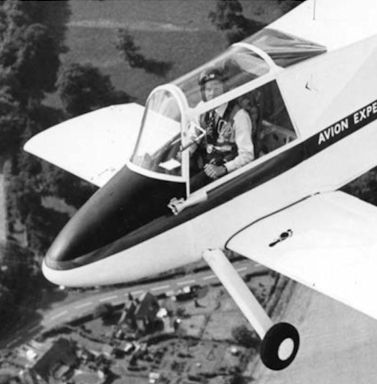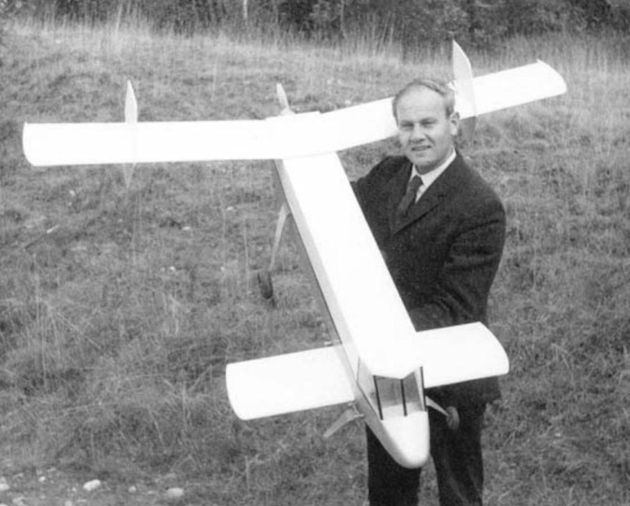Off the top of my head I can think of a number of bush planes, past and present, marketed as being perfect for the short, rough field passenger and cargo hauling on a shoestring life of aid and missionary work. Many of them fulfilled that role ably.
I can also think of a couple that claimed to be designed with such work in mind: the Christavia homebuilt and the AAC Angel STOL twin, for example. On the latter, I have never understood why a low-wing pusher with retractable main gear in front of the props was supposed to be good for rough field work, but that's another thread.
Does anyone know of other aircraft specifically designed with aid or mission work in mind: 1) low cost, both initially and in operation; 2) great short, rough field performance and 3) flexibilty to carry people or cargo or both?
Cheers,
Matthew
I can also think of a couple that claimed to be designed with such work in mind: the Christavia homebuilt and the AAC Angel STOL twin, for example. On the latter, I have never understood why a low-wing pusher with retractable main gear in front of the props was supposed to be good for rough field work, but that's another thread.
Does anyone know of other aircraft specifically designed with aid or mission work in mind: 1) low cost, both initially and in operation; 2) great short, rough field performance and 3) flexibilty to carry people or cargo or both?
Cheers,
Matthew

